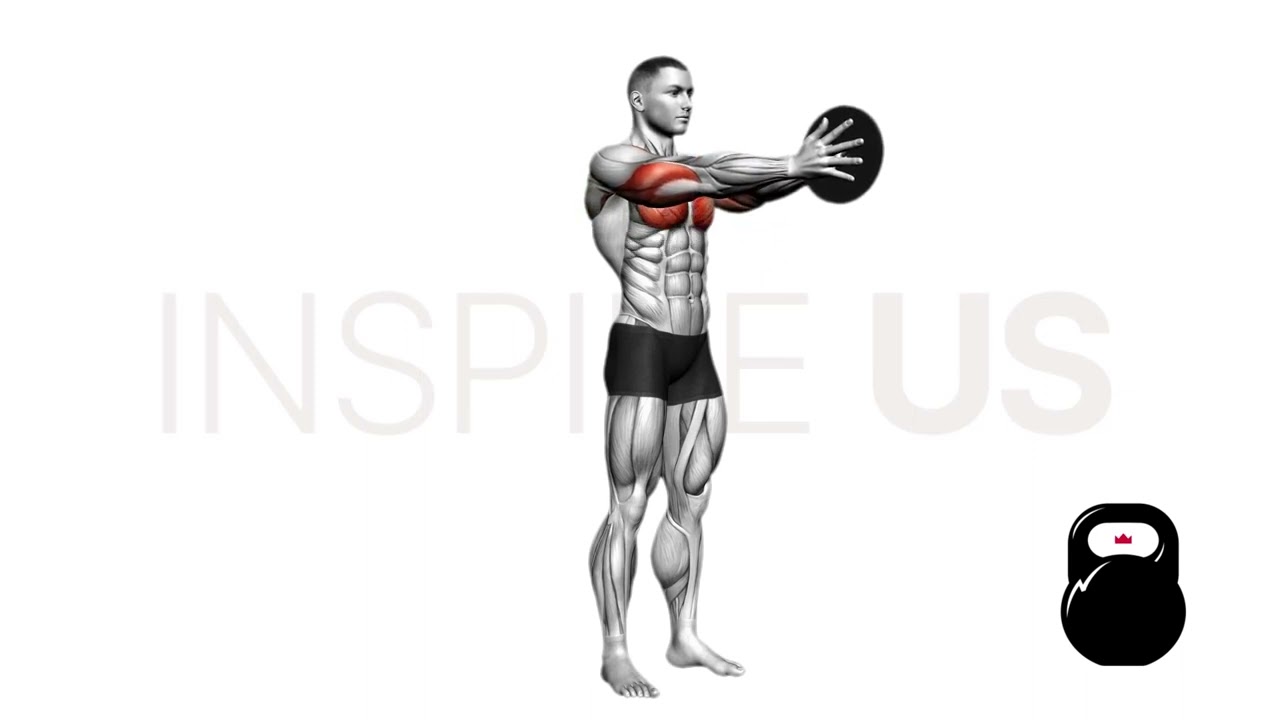Svend Press: Benefits, Muscles Worked, and More
Among the various exercises used to train the chest, there are none like the Svend press; an upper body exercise with a movement pattern like no other, most often used for training the shoulders and chest in situations where other exercises cannot be performed.
But before explaining what makes the Svend press such a unique exercise, we must first establish a background on what the Svend press even is.
The short version is that the Svend press is a unique isometric chest exercise that relies more on constant opposing tension to initiate muscle growth, rather than the dynamic movements often seen in other exercises.
In practice, it involves the lifter pressing a plate between both hands while in an upright position, and is generally used as an alternative or accessory movement during a chest workout.
What is the Svend Press?
In a more technical sense, the Svend press (also known as the squeeze press) is a multi-joint compound exercise performed as either an alternative compound movement by lifters without access to proper equipment, or as an accessory exercise for increasing the total isometric stimulus of the workout.
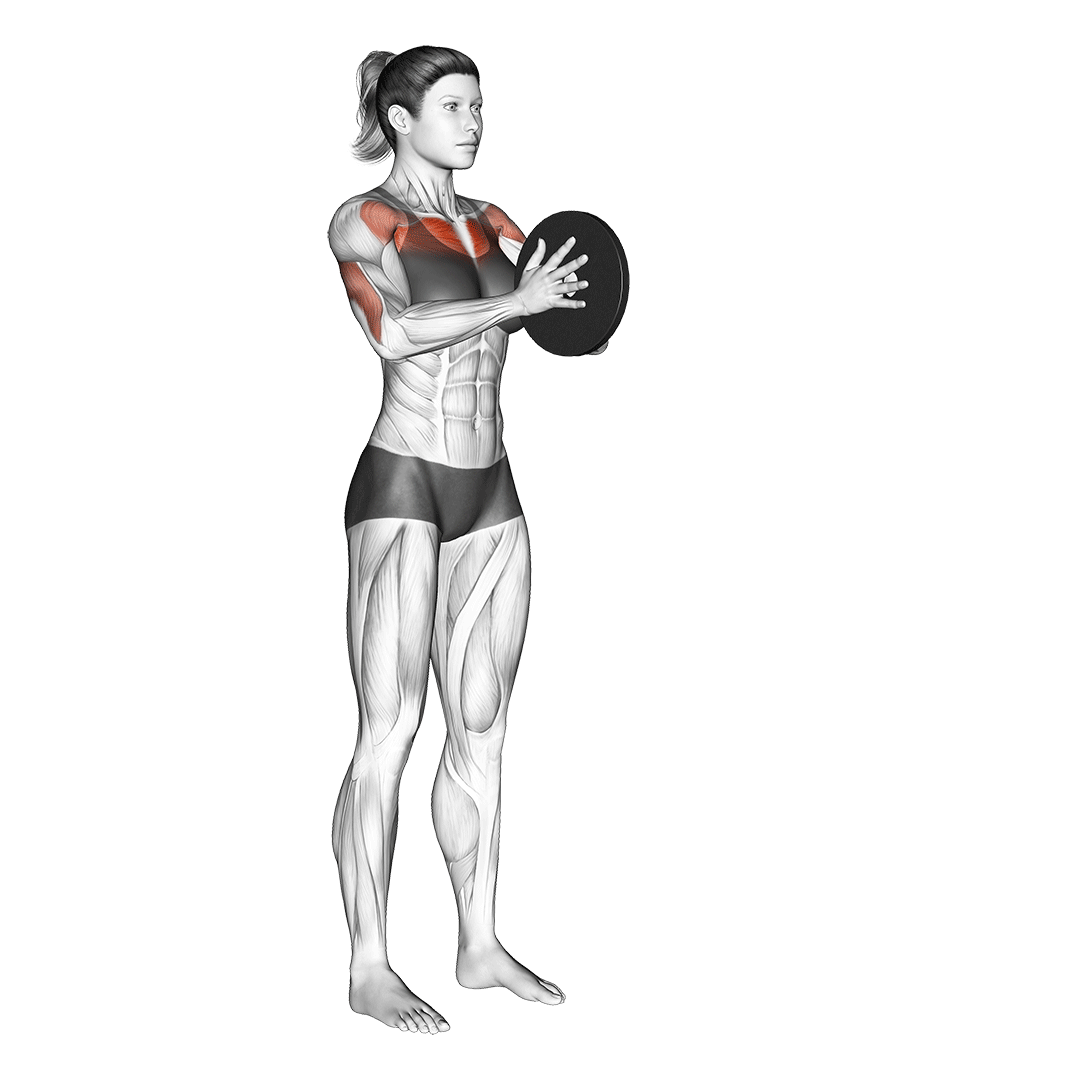
Though it is relatively simplistic in form and requires very little equipment, the Svend press is nonetheless quite effective at inducing hypertrophy and improving the muscular endurance of the upper body.
Who Should Do the Svend Press?
The Svend press is most suitable as an accessory exercise for bodybuilders or other individuals seeking greater chest hypertrophy. In certain cases, it may also be used as a warm-up movement prior to heavier compound exercises.
In a pinch, it may also be used as an alternative to exercises like the bench press or push-up, so long as the lifter has access to a weight plate or similarly shaped item.
Equipment Needed for the Svend Press
The Svend press will only require a single weight plate, though more advanced lifters have been known to use multiple plates stacked horizontally.
How to Do the Svend Press
To perform a repetition of the Svend press, the lifter will hold a weight plate between their hands at sternum-level, keeping the side of the plate close to the chest as a starting stance. The arms should be bent to the sides at this point, and the plate held entirely by the opposing force of both hands.
Rotating the shoulders backwards and pushing the chest outwards, the lifter will then squeeze the plate and extend their elbows, as if pushing the plate away from the chest.
Once the arms are nearly fully extended, the lifter will squeeze their chest once more, before reversing the motion and completing the repetition.
What Muscles are Worked by the Svend Press?
As a compound exercise, the Svend press will recruit a number of different muscles in a simultaneous fashion - though not all are utilized to the same degree.
Those muscles used in a dynamic manner are dubbed the primary mover muscles, whereas other muscles used only in an isometric or partial capacity are the stabilizers and secondary mover muscles.
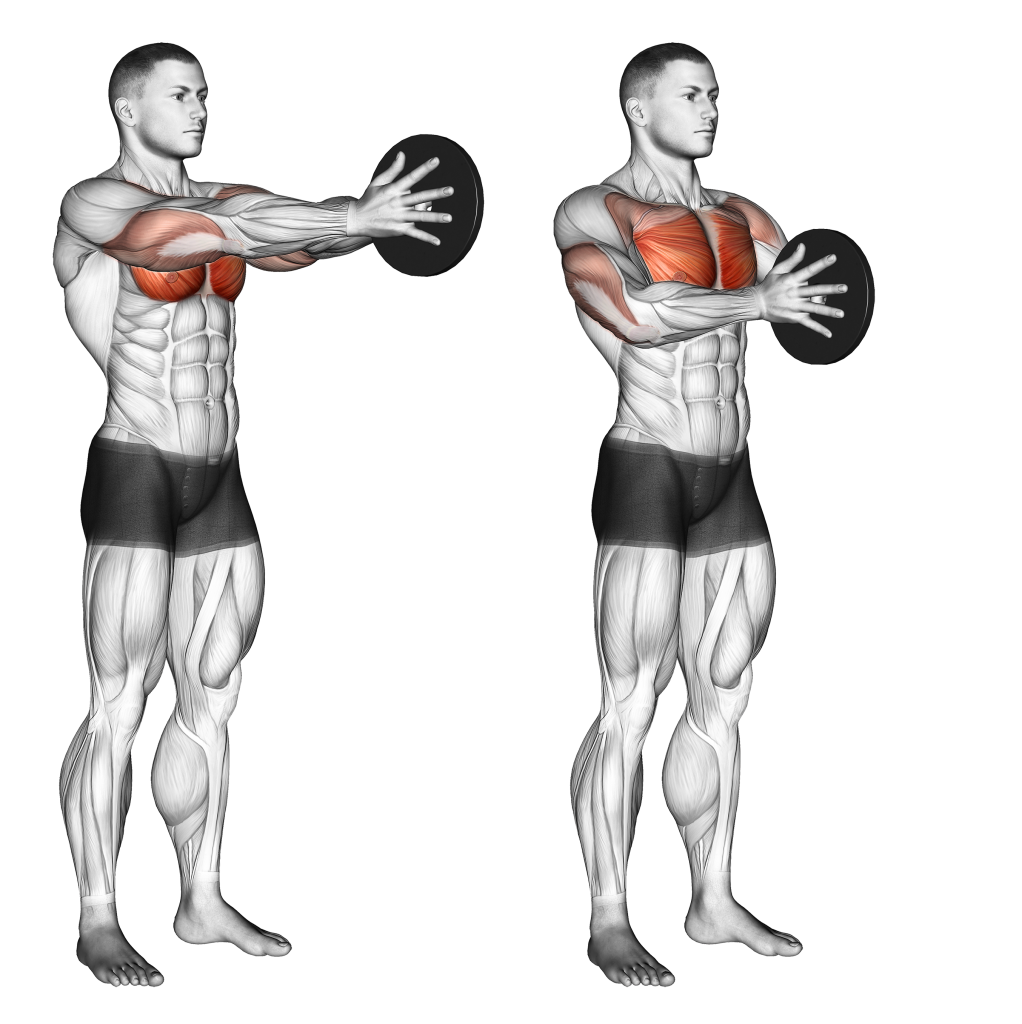
Primary Mover Muscles
The muscles worked to the greatest extent by the Svend press are the pectoral muscles and the anterior head of the deltoids - both of which are contracted in both an isometric and dynamic capacity, as is the nature of the exercise.
Secondary Mover Muscles and Stabilizers
Other muscles worked by the Svend press (though to a lesser degree) are the triceps, biceps and the medial head of the deltoids - all of which are also contracted as both stabilizers and in a dynamic capacity, as it is the arms that maintain much of the tension that holds the plate between the lifter’s hands.
What are the Benefits of Doing the Svend Press?
Apart from building up chest and shoulder musculature, the Svend press is also capable of imparting several other benefits that are unique to it and the few exercises like it - most of which are due to the Svend press’ rather unique training stimulus and mechanics.
Excellent for Building Upper Body Size and Endurance
Though the Svend press is not as high-impact as other chest compound exercises, it is nonetheless quite effective at building the muscular size and endurance of the upper body - especially in regards to the front of the shoulders and the pectoral muscles.
The Svend press is especially useful for inducing muscular hypertrophy when paired with more dynamic exercises, as doing so will produce both an isometric and dynamic training stimulus.
Versatile, Convenient, and Low Impact
The main trademark of the Svend press is its versatility and convenience, as it requires neither complex equipment nor any advanced knowledge of resistance training, thereby allowing novice lifters or those without access to standard gym equipment to train their upper body.
Furthermore, it may fulfill nearly any role in an upper body workout plan, especially in low-equipment or athletic training programs that call for a break from the usual compound-accessory pairing.
Reinforces Internal Shoulder Rotation and Arm Extension
Because of the position the upper arms are placed during the Svend press, lifters will find that their internal shoulder rotation (pictured below) and arm extension biomechanics are made more stable and fluid with regular performance.
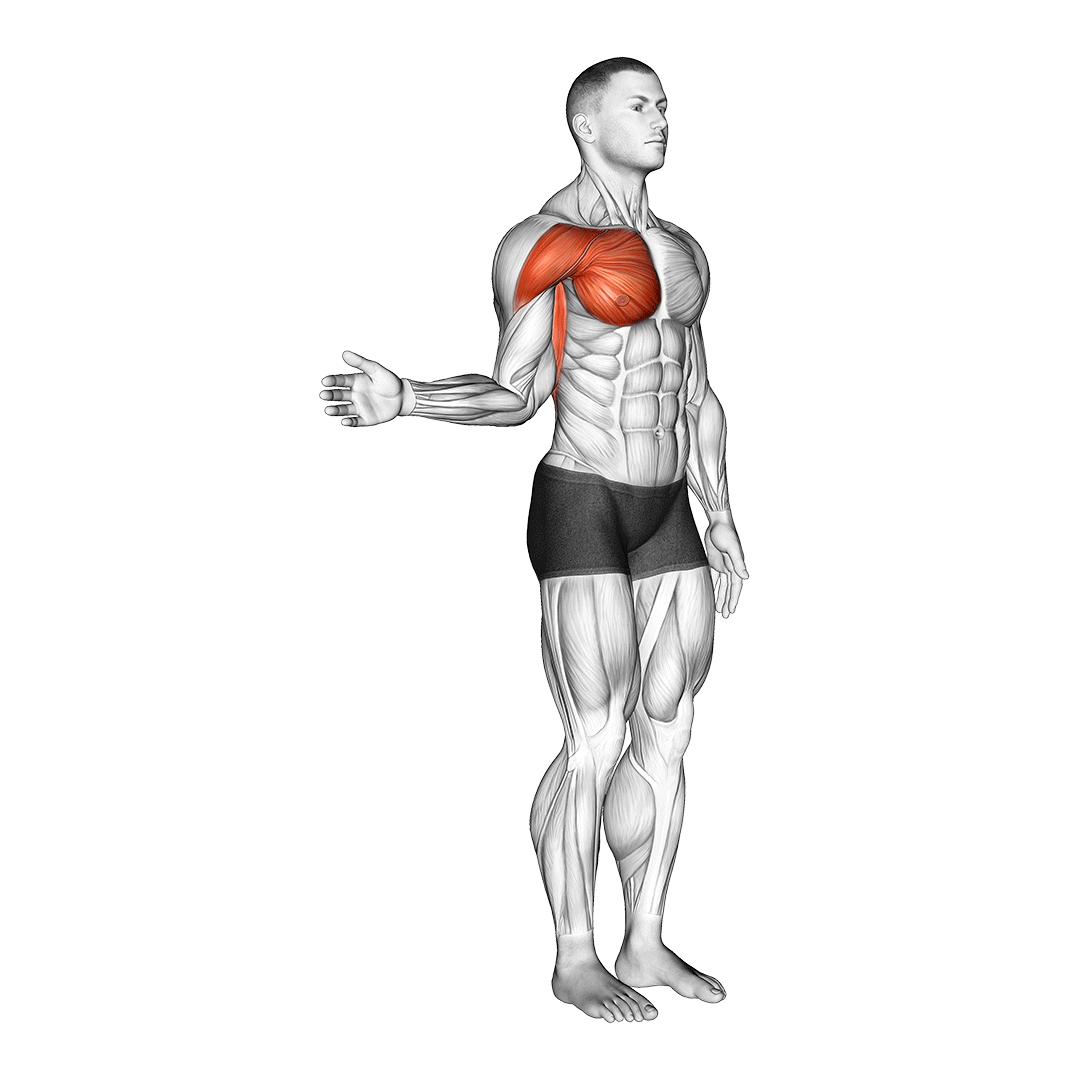
This is further added to by the slow and focused nature of the exercise, which will aid in developing the lifter’s mind-muscle connection to said areas.
Common Mistakes of the Svend Press
In order to maximize the effectiveness of the Svend press and ensure that no injuries occur, it is important to correct any mistakes in execution that the lifter may have.
The following are the most commonly made errors of the Svend press, and should be corrected as soon as possible, if present.
Rushing the Repetition
The entire purpose of the Svend press is to work the muscles of the upper body in a slow and tense manner, thereby maximizing isometric contraction of the pectoral and deltoids as the exercise is completed.
As such, it is by no stretch of logic that rushing through a repetition of the Svend press defeats the entire purpose of the exercise, and can potentially sabotage any training stimulus that may be created.
A good rule of thumb is that each phase of the repetition (the concentric and eccentric) should last for at least three seconds each.
Depressing the Shoulder Blades
Another frequently seen mistake with the Svend press is if the lifter allows their shoulders to droop or for their shoulder blades to depress downwards - both of which will have the effect of placing the rotator cuff in a disadvantageous position and reduce the effective contraction of the pectoral muscles.
For the optimal stance when performing the Svend press, the torso should remain upright and the shoulders should be rolled upwards and slightly backwards, just as would be the case with a conventional bench press.
Raising the Plate Over the Shoulders
Ideally, the Svend press will involve the arms being horizontally parallel to the floor, with the plate somewhere around sternum height in relation to the torso.
The exercise can become far less effective if the lifter performs it with the plate raised over the height of the shoulders, as this shifts the training stimulus away from the pectoral muscles and turns it more into a type of overhead press instead.
Variations and Alternatives of the Svend Press
For lifters who find the conventional Svend press to be uncomfortable - or if they simply find it boring - there are a few alternative exercises and one possible machine-based variation that can help replicate the role of the Svend press within
1. Cable Svend Press
Just as it sounds, the cable Svend press is simply a Svend press performed with the use of a double-end cable machine. The lifter will adjust the cable housing so it is parallel to their shoulders and grip a pair of single-hand attachments at approximately sternum level, before proceeding with the exercise as normal.
The cable Svend press is often preferred over its free weight variation due to the greater capacity for time under tension, which synergizes quite well with the isometric nature of the exercise itself.
2. Floor Press
Though not quite identical to the Svend press, the floor press features a similar range of motion and pattern of muscular recruitment, allowing lifters to switch out the former exercise for one with a more dynamic nature and greater loading potential.

Furthermore, the floor press is often programmed in much the same way as the Svend press (for weightlifting programs), wherein it may act as an adjunct or accessory compound movement to other upper body exercises.
3. Lying Hex Press
One possible alternative to the Svend press is the lying dumbbell hex press, a dynamic compound exercise that features the same mechanics and muscular recruitment as the Svend press, only with the lifter lying on their back as they push the weight from their chest in a similar range of motion.
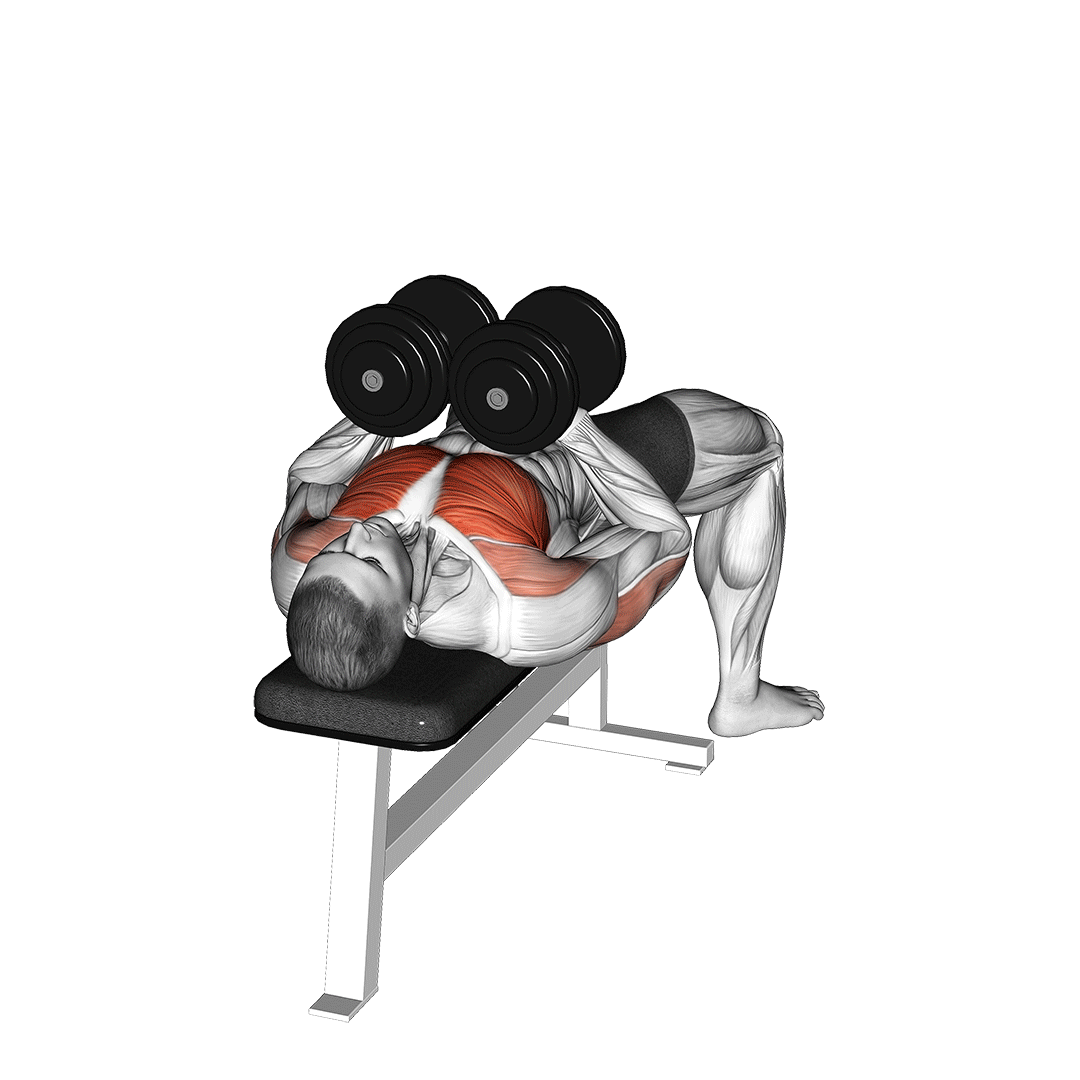
The lying hex press may be used as a substitute to the Svend press for lifters seeking greater intensity and dynamic muscular contraction - especially for those without access to barbell bench press equipment.
Frequently Asked Questions (FAQ)
Does the Svend Press Work?
Yes - the Svend press is an excellent way of training the shoulders and chest with relatively little strain and the bare minimum of equipment.
When combined with other exercises of a similar nature, the Svend press is capable of maximizing strength, endurance and size gains in the pecs and front deltoid head.
How Do You Do a Dumbbell Svend Press?
The dumbbell Svend press is performed in much the same manner as the plate Svend press, only with the hands gripping the dumbbell in a double-neutral hold.

The essence and mechanics of the exercise will nonetheless remain the same, with the lifter moving the weight towards and away from their chest as they keep the arms parallel to the ground.
How Do You Pronounce "Svend" Press?
Though it depends on who you ask, the traditional Norwegian pronunciation of Svend is exactly as it is read, with all vowels and as a single syllable.
The Svend press is named after the former World’s Strongest Man Svend Karlsen, of whom is credited with popularizing the exercise during his time competing in weightlifting competitions.
Final Thoughts
Despite the relative unpopularity of the Svend press, there is no doubt that it is excellent for working the chest and shoulders in a highly effective manner.
Depending on whether it is utilized as a warm-up movement, primary compound exercise or as an accessory compound exercise - programming it will largely revolve around how much volume is performed per set.
Warm-ups can be as low as 2-3 repetitions each, whereas using the Svend press as a primary compound exercise may necessitate up to 12 repetitions for 2-3 sets, and half of that if used as an accessory movement.
Remember to perform the exercise with as much tension in the pectoral muscles as possible, and to go through each repetition in a slow and controlled manner so as to maximize the benefits of the Svend press.
References
1. Murofushi, Koji et al. ‘Variations in Upper Limb and Trunk Muscles Activation During Isometric Exercises with or Without Exertion of Control’. 1 Jan. 2022 : 251 – 258.
2. Haff G.G., Triplett N.T. (2015) Essentials of Strength Training and Conditioning. 4th ed. Human Kinetics; Champaign, IL, USA

